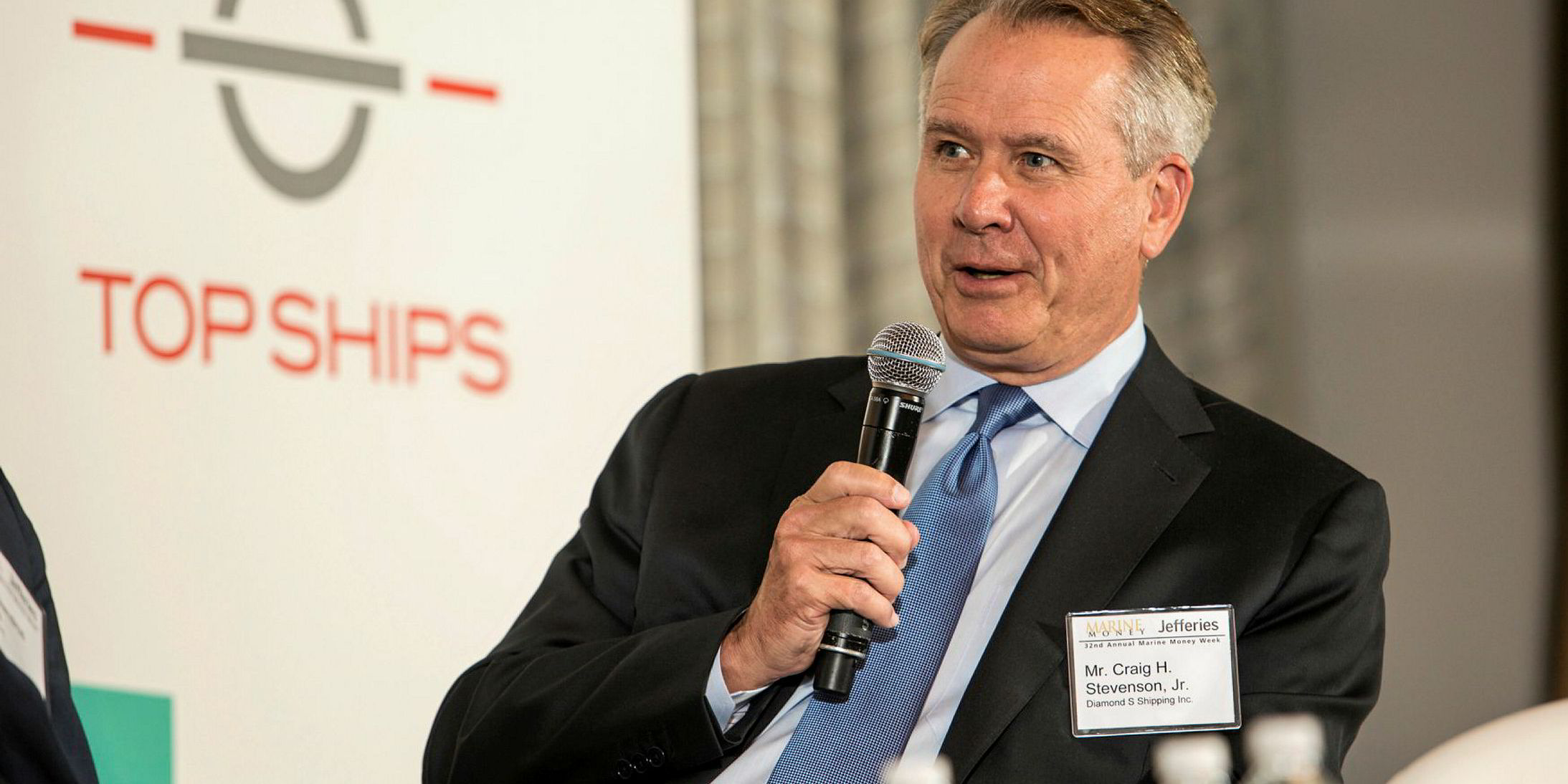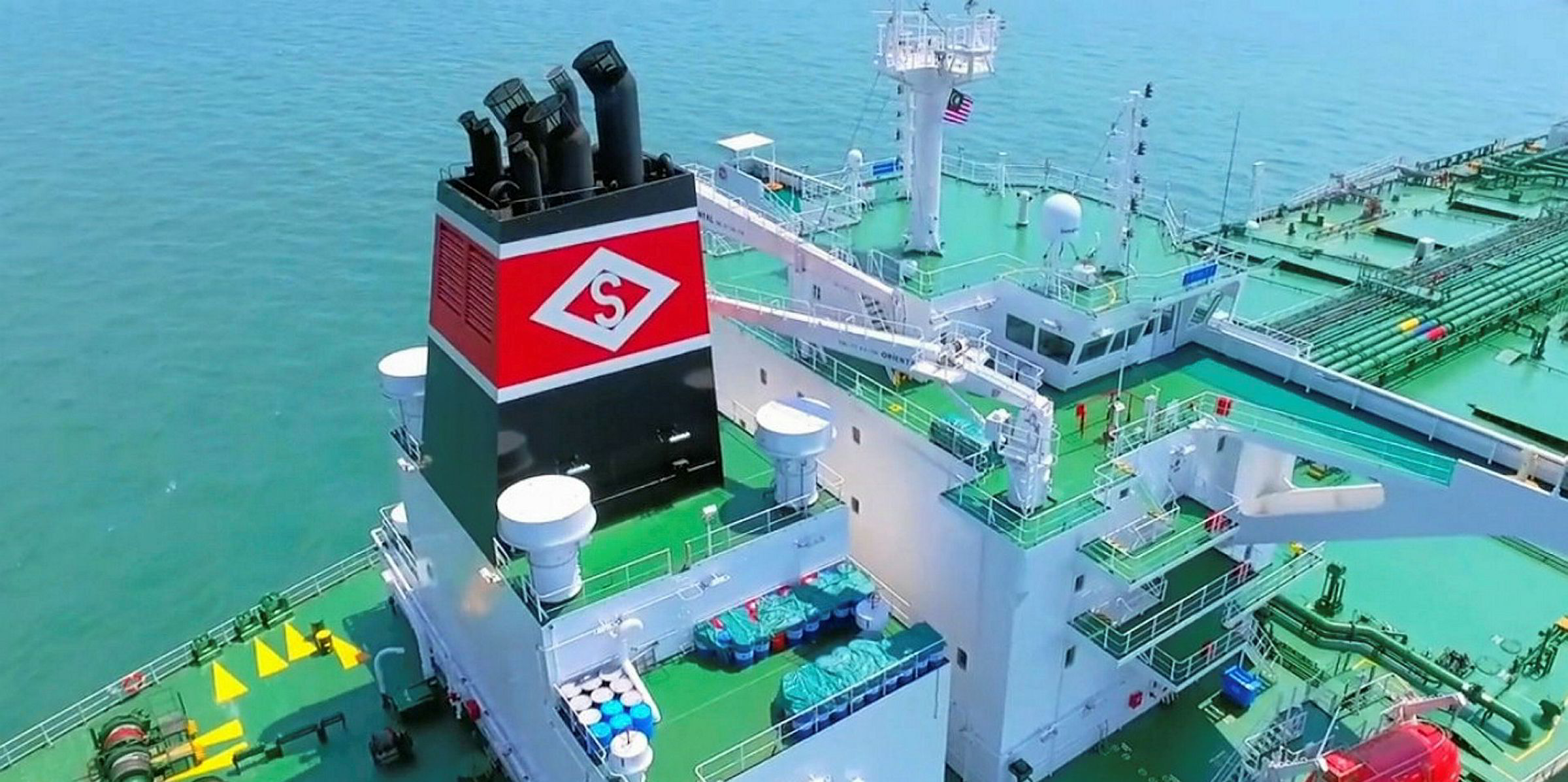US owner Diamond S Shipping has been tipped to shed some older product tankers following its operational tie-up with Denmark's Norden.
The companies said on Tuesday they were forming one of the world's largest MR pools with their DiaNor venture.
New York-listed Diamond S will initially contribute 28 MR tankers to the partnership, which will be marketed and operated through the Norden-owned Norient Product Pool.
Jefferies analysts led by Randy Giveans said Diamond S will "likely sell" some of the older units in its fleet of 44 MRs and six handysizes, which have an average age of 11.7 years.
Buyback to begin?
The disposals will help it reduce this figure, continue to pay off its revolving loan facility and strengthen its balance sheet, they added.
The company could also launch a share buyback to return capital to shareholders, Giveans said.
"We expect the company will use $10m to $20m on share repurchases this quarter as shares are trading at a circa 45% discount to net asset value [NAV]," he added.
Eleven Diamond S tankers are due to hit 15 years of age within the next two years.
Jefferies has a buy rating on the company, with a 12-month price target of $18, based on the shares trading at 100% of its estimated NAV. They closed at $9.16 on Tuesday.
The bank believes the pool move will give the companies greater purchasing power with regards to bunker fuel procurement and parts.
Norden owns 24 product tankers, most of which are MRs, and also has an operating fleet.
"In recent quarters and years, Norden has consistently outperformed the MR benchmark indices, while Diamond S has underperformed its peers," Giveans said.
"Management expects the pool to boost time-charter equivalent [TCE] earnings by $1,000 to $3,000 per day, or $10m to $30m annually on 28 vessels."
Costs cut as demand recovers
The tie-up should also cut $300 per day from administrative costs, as well as reduce vessel operating expenses.
Fearnley Securities said Diamond S' TCE performance "has been a discussion point ever since the listing".
"An average fleet age of 12 years is obviously one of the reasons for the slight underperformance against peers.
"Even compared to Ardmore Shipping, which has a five-year younger fleet, we believe fuel consumption difference on average can be as much as three to five tonnes per day, or $1,200 to $2,000 per day on an HFO [heavy fuel oil] price of $400 per tonne, which was the case for much of 2019."
Between the first quarter of 2019 and the first three months of this year, the TCE difference was $1,900 per day in favour of Ardmore, Fearnley Securities said.
"However, there have also been quarters where the fleet positioning has been skewed towards one basin, impacting the relative performance versus other owners," its analysts Espen Landmark Fjermestad, Peder Nicolai Jarlsby and Ulrik Mannhart added.
"Having the vessels in a larger pool normally helps smoothen out this effect, as one is normally able to capture the entire spectrum in volatility time through a larger and more geographically diversified fleet."
Fearnley Securities said the pool will control 6% to 7% of the global MR fleet.
Jefferies sees product tanker rates being fuelled by increasing demand following the Covid-19 pandemic.
"The run-up in products tanker rates in March and April was largely driven by a unique contango situation for jet fuel, diesel and gasoline, which in turn drove increased demand for floating storage of products," it said.
"Both air and ground transportation ground to a halt during the Covid-19 lockdowns and quarantines, leading refiners, airlines and others to need to store fuel in the near term for use once demand recovers.
"While there are still fears of a second or third wave of the virus, Asian refiners are ramping back up and the floating storage dynamic is starting to unwind while transportation demand is starting to increase."
The analysts said the speed at which global demand increases while floating storage decreases will determine volatility and strength in product tanker rates.






